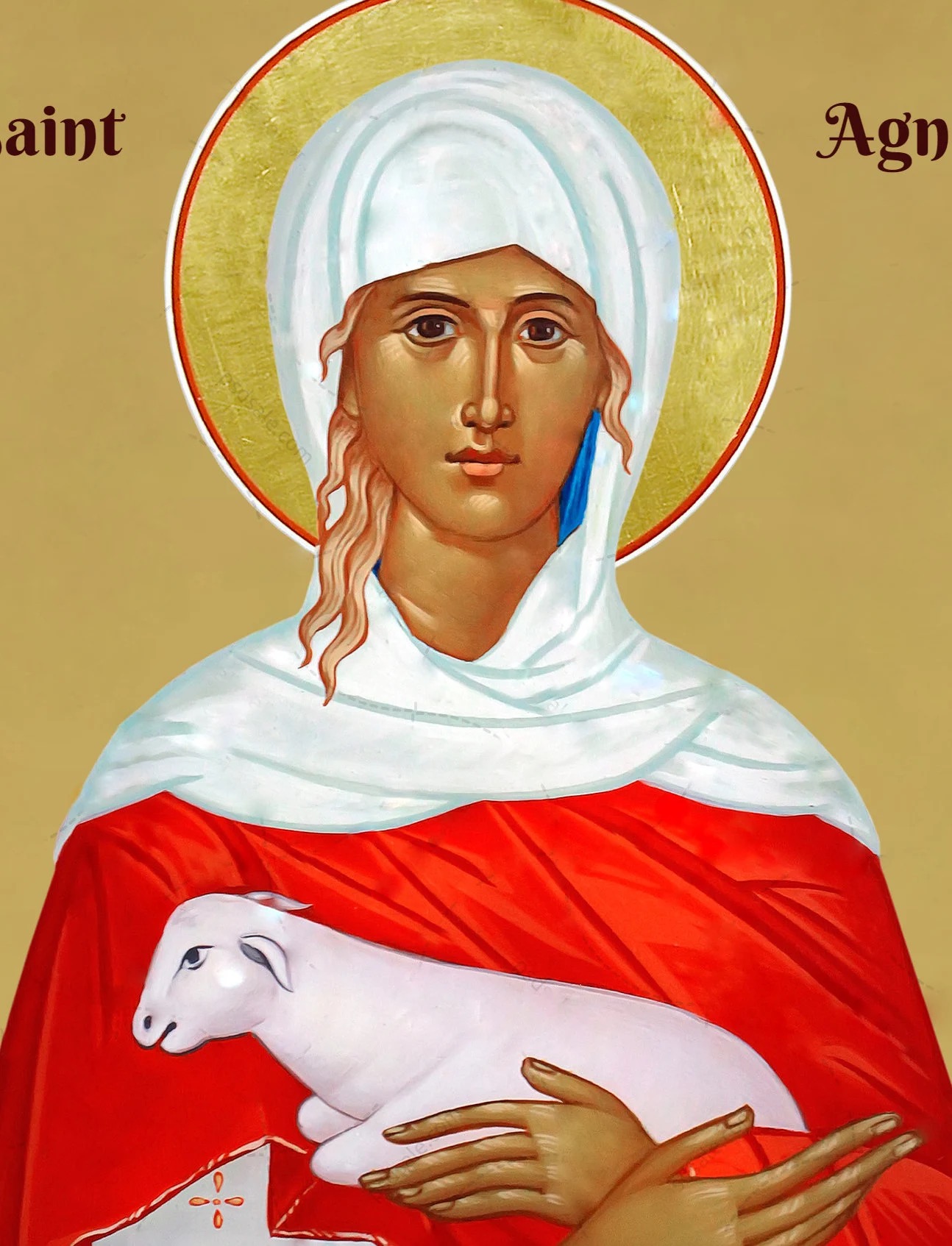Martyrs of the Church

Dear friends,
In Hove, England, there used to be an Anglican monastic order in the center of town. The community observed a rule of silence throughout the day, except on Sunday afternoon when the door was opened for visitors. At 3:00 pm the monks and sisters would gather in the chapel and read the short office of None (rhymes with own). Anyone could join them for this particular service, which was followed by tea and biscuits and conversation in the library.
The monastery was located in an area of higher than average crime and homelessness. The monks referred to this area as an “urban desert”. In the early centuries of Christianity, devout men and women were called into the desert to practice a purer form of Christian life and do battle with the demonic world which surrounded them.
Taking this ancient idea as an inspiration, the monastery in Hove was established as an oasis of prayer in a desert of spiritual and social disorder. My own journey owed a great deal to this community (which happened to be in the next street from me), and the discipline and practice of the religious order served as a powerful witness and inspiration.
Central to the life of the monastery is the daily round of offices. Toward the end of the office of None, there is a short reading from the Martyrology of the day. A brother or sister stands up to read a short biography of a Christian martyr. At the end of the reading, we conclude by saying the lines of Psalm 116:15.
“Precious in the sight of the Lord
Is the death of his saints.”
The reading from the Martyrology is a useful reminder that faith sometimes comes at a cost. Since the first century AD, Christians have been persecuted for their faith and many have been put to death for proclaiming Jesus as their Lord and Savior. The murder of Christians was intended to stop the spread of Christianity. In fact, the opposite happened: the brave witness of the martyrs inspired others to follow their example. As the second century theologian Tertullian wrote: “The blood of the martyrs is the seed of the church.”
In our Church calendar, we regularly honor the martyrs. Last week we remembered the feast day of St. Agnes, who was martyred at Rome in the fourth century. At the office of morning prayer, my wife and I read the tribute paid to her by St. Ambrose. We found the story of Agnes’ death unexpectedly moving. Suddenly, the young saint, who was twelve years old at the time of her death, was no longer an historical figure but a sister in Christ, a fellow traveler, someone to whose heart our own hearts were now mysteriously linked.
It’s hard to describe this feeling. Through it, the centuries collapsed into one, as we acknowledged with gratitude the sacrifice of this young believer.
In the Western world, few people face the trials of persecution, although it is widespread in other parts of the world, in countries such as Nigeria and China. I wonder if the reason our faith is sometimes weak is because it doesn’t cost us much? If we suffered real persecution, would we show the same courage as St Agnes?
The answer was given to me last Saturday, when a parishioner who had asked for spiritual direction voiced her intention directly: she wanted Jesus to be her master, not her mascot. All too often Jesus is treated as an adornment, rather than the whole cloth. If you are to ask Jesus to help you to bear the hardships of life, you need to commit to him more fully.
The example of the martyrs encourages a wholehearted approach to Christian discipleship. It is wise to welcome times of testing, because by them your faith is made stronger. You will also discover that, when you let Jesus be your master, it is not only his will that becomes yours, but his heart also.
With blessings
Father David


0 Comments
There are no comments.
Stay Tuned
Sign-up for David's newsletter